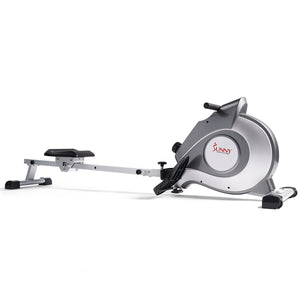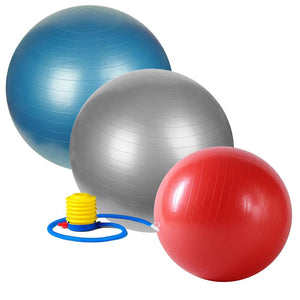When you have a particular goal you want to achieve, it’s not always easy to know exactly what you need to do to get there. Whether you’re looking to lose weight, build strength, or increase endurance or speed, there are a few common concepts that you should always apply to your fitness program.
I’m so excited to share these 3 steps you can take to not only see the best results from your program, but also continue to build on those results long-term.
Concept #1: Overload
The first step to make progress toward any goal, is applying the concept of overload. To give you an example, imagine you’re a runner. You haven’t run in a few months because you went on vacation, things with the kids got busy, and you got off track. It happens to the best of us!
But now you’re looking to get back into shape. You head out on that first run, and it is hard. So hard. You can’t run as far as you used to, or as fast.
You’re out of shape, therefore you placed a great deal of stress on your muscles and cardiovascular system to complete your run. The run was physically demanding. Your body endured increased amounts of stress on your bones, joints, muscles, lungs, heart, etc. This is overload.
Essentially overload is a challenge: It’s doing something hard today, so your body is stronger tomorrow. When placed in a state of overload, your body responds to the challenge by adapting, building, and strengthening. Overload is a concept that personal trainers and elite athletes use to continually improve and build upon their physical fitness, and it’s something you can and should use to get closer to your goals.
Concept #2: Progression
So many people do everything right. They work hard, eat clean - but they fail to add the concept of progression into their routine. I have another example for you. Let’s say you want to get stronger -and you’re working on making those gains.
So you start lifting weights (awesome). But you stick to the same exact workouts for weeks and weeks and months (yikes). You keep lifting the same 2 sets of 12 reps (double yikes) and you continue to use the same 10-pound dumbbells you were using when you started back in April (oooh, no).
Remember what we just learned...to progress you have to overload the body. But you can’t just overload it at the beginning when you’re getting into shape and then expect to continue to see progress by coasting along on the same easy workouts you started with. This my friends, is how you hit a progress plateau.
You can plan to continually see progress, by adding progression into your routine. Revolutionary, right? But as simple as it may seem, there is a right way to do progression. Amp up your workouts too fast, and you have a recipe for injury.
Progression should be done slowly, in manageable increments. And it should be done by changing only one element of your workout at once. So, this may look like one of the following: increasing weight/resistance, increasing reps, increasing sets, increasing distance, increasing pace, increasing exercise difficulty.
And remember, just because you’ve done something once doesn’t mean the next time you must progress. Take your time and learn how your body responds. You’ll know when something starts to feel easier and you’re ready to add a little challenge.
Concept #3: Rest
I get it, when you’re looking to see results, rest is the last thing you want to do. But after a demanding workout session, your body needs time to rest and recuperate. Rest is essential to give your muscles time to recover and adapt to the physical demands you’re placing on it. Rest allows your body to recover so it can come back stronger!
Not giving your body time to rest opens the door to injury, and then you’ll be making no progress. So, between intense sessions, or hard weight workouts, you need to rest those body groups 48 hours.
For example, say you had an intense upper body session Monday, you would want to wait until Wednesday to hit upper body again. Or, if you had an intense HIIT session on Tuesday, you’d want to follow that up the next day with an easier recovery jog or swim rather than another HIIT session.
Beyond day to day rest, it’s a good idea to apply larger cycles of work and rest to your routine. For example, consider your rest within a four-week cycle. The first two weeks should be medium in difficulty, the third hard in difficulty, and the fourth a rest week. A rest week doesn’t mean you’re not doing anything – it simply means you’re doing similar workouts at a lower intensity and resistance to decrease the stress placed on your body.
When it comes down to it, progress comes in all shapes and sizes. But each of these core concepts can bring you success in any routine, regardless of your ultimate goals. Use these concepts to help you achieve the results you’re looking for!
























Add Your Name & Email
Please enter your name and email to continue.We won’t display your email publicly.